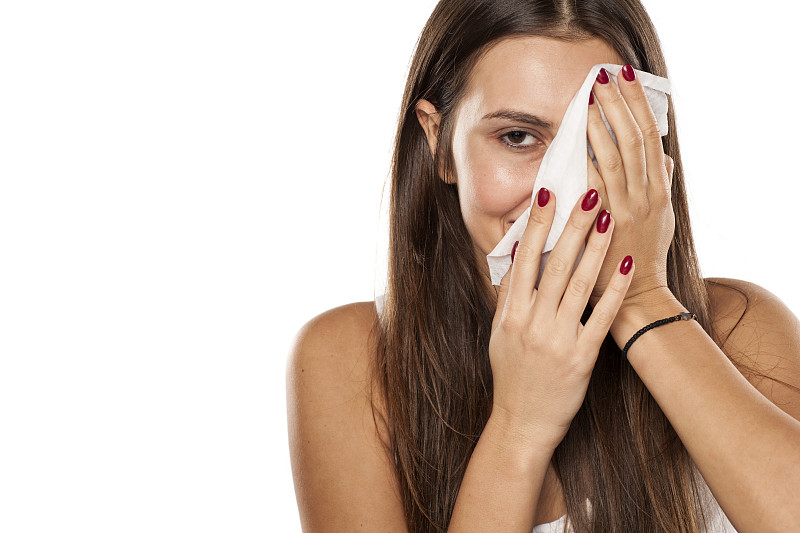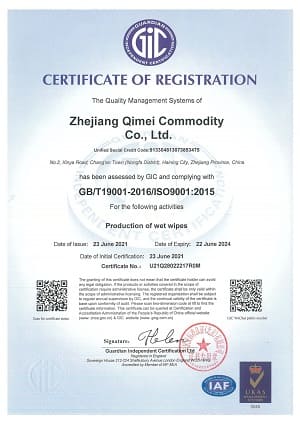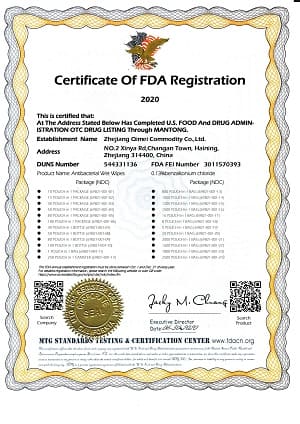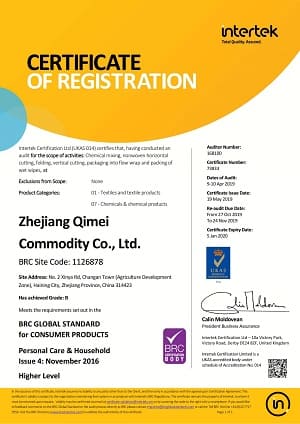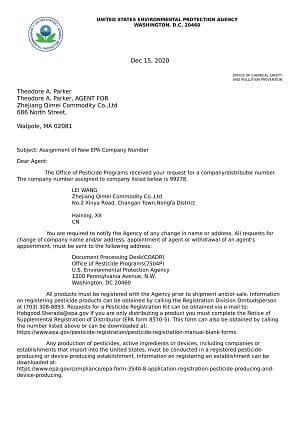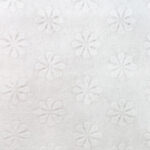Type de tissu tissé Spunlace : polyester, mélange de poly-viscose, fibre de bambou, pâte de bois (jetable dans les toilettes), coton ou fibre de soja (biodégradable)
Plat ou texturé (votre propre LOGO est disponible)
Grammage: 30-80gsm
1/10/30/80/100/120/160 pièces/paquet
Small wipes: These are typically around 4 inches by 4 inches (10 cm by 10 cm) or smaller. They may be designed for use on the face, hands, or other small areas.
Medium wipes: These are typically around 6 inches by 6 inches (15 cm by 15 cm) or larger. They may be designed for use on larger areas of the body, such as the arms, legs, or back.
Large wipes: These are typically over 10 inches by 10 inches (25 cm by 25 cm) or larger. They may be designed for use in industrial settings, for cleaning large equipment or surfaces.
1. Sac refermable en plastique : Il s'agit du type d'emballage de lingettes humides le plus courant. Il est fait de plastique et possède une bande refermable sur le dessus pour garder les lingettes fraîches et humides.
2. Conteneur à couvercle rabattable : Ce type d'emballage consiste en un contenant en plastique avec un couvercle rabattable qui peut être ouvert et fermé pour accéder aux lingettes.
3. Emballage souple avec couvercle rabattable en plastique : Semblable au récipient à couvercle rabattable, cet emballage est livré dans un emballage souple et possède un couvercle rabattable en plastique pour un accès facile.
4. Distributeur pop-up : Ce type d'emballage est doté d'un mécanisme de distribution pop-up qui sort une lingette à la fois.
5. Pack de voyage : Un petit emballage conçu pour une utilisation en déplacement, il est souvent livré avec une fermeture à pression en plastique.
6. Emballage à usage unique : ces lingettes humides sont présentées dans de petits paquets scellés, pratiques pour les voyages ou les activités de plein air.
7. Sac de recharge : cet emballage de plus grande taille est conçu pour remplir d'autres contenants de lingettes humides et a généralement une ouverture refermable.
Water: Water is typically the main ingredient in oil-free wipes, as it provides the base for the solution that is used to clean the skin.
Surfactants: Surfactants are used to break down oil and dirt on the skin, allowing it to be wiped away. Common surfactants used in oil-free wipes include sodium lauryl sulfate, sodium laureth sulfate, and cocamidopropyl betaine.
Glycerin: Glycerin is a humectant that helps to moisturize the skin and prevent it from drying out.
Preservatives: Preservatives may be added to oil-free wipes to prevent bacterial growth and prolong the shelf life of the product. Common preservatives used in cosmetic products include phenoxyethanol, methylparaben, and propylparaben.
Fragrance: Fragrance may be added to oil-free wipes to give them a pleasant scent. However, some people may be sensitive to fragrances and may prefer fragrance-free products.
Other ingredients: Other ingredients that may be included in the formulation of oil-free wipes include emollients, antioxidants, and skin-soothing agents.
ISO 9001: This certification is focused on quality management systems and is widely recognized globally. It ensures that the manufacturer has an effective quality management system in place to consistently produce high-quality products.
ISO 22716: This certification is specific to the cosmetics industry and covers good manufacturing practices (GMPs) for cosmetics products. It ensures that the manufacturer has implemented appropriate hygiene practices and quality controls to ensure the safety and effectiveness of their products.
GMP certification: This certification is also focused on ensuring that products are manufactured consistently and meet quality standards. It can be a requirement in some countries or regions.
FDA registration: If the manufacturer is selling their oil-free wipes in the United States, they may need to register with the Food and Drug Administration (FDA). This registration indicates that the manufacturer is compliant with FDA regulations for cosmetic products.
EU Cosmetics Regulation: If the manufacturer is selling their oil-free wipes in the European Union, they need to comply with the EU Cosmetics Regulation. This regulation sets out requirements for the safety, labeling, and marketing of cosmetic products within the EU.
